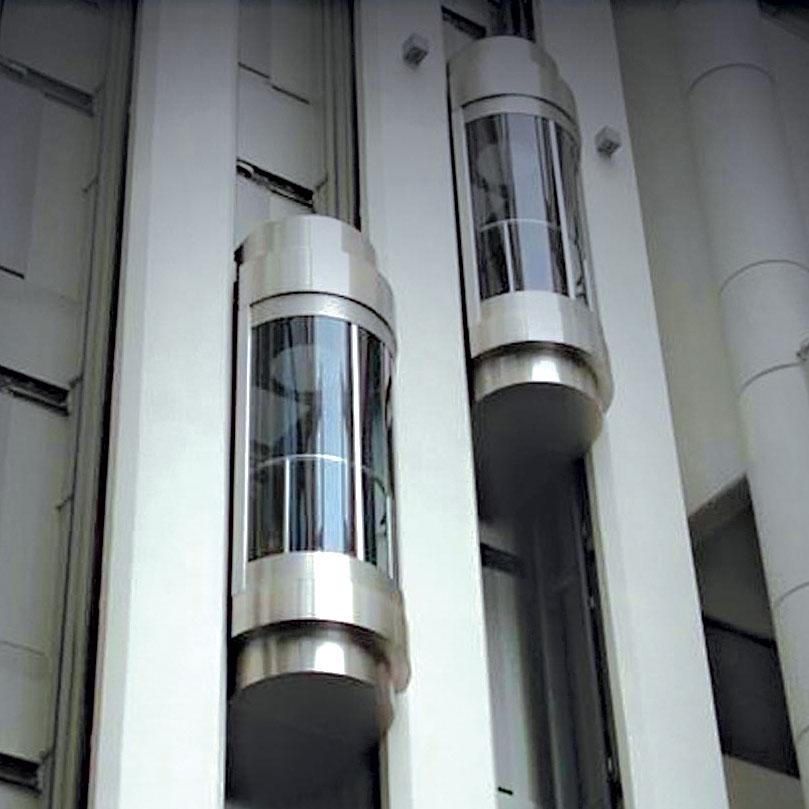Budget-friendly Lift Repair Near Me: Expert Technicians at Your Solution
Budget-friendly Lift Repair Near Me: Expert Technicians at Your Solution
Blog Article
Exploring the Globe of Lifts: Usual Problems Dealt With by Numerous Lift Mechanisms
As we navigate with the upright transport systems of modern-day buildings, lifts attract attention as a vital part of our everyday lives. Nevertheless, behind their seamless procedure exists a globe of complex devices that can often encounter difficulties. From hydraulic elevators to traction systems and machine-room-less styles, each lift kind features its collection of usual problems. Comprehending these difficulties is essential for making sure the smooth functioning of these essential systems. Let's discover the intricacies that underlie the operation of lifts and the potential concerns that can occur, clarifying the detailed internet of lift devices.
Hydraulic Elevators
Hydraulic lifts, commonly liked for low-rise structures, make use of fluid pressure to manage the movement of the lift automobile (lift repair companies). This device includes a hydraulic pump pressing oil into a cylinder, creating the lift to relocate the preferred instructions. While hydraulic elevators are understood for their smooth and quiet operation, they do feature their very own set of usual problems
One prevalent issue with hydraulic lifts is oil leak. The seals in the hydraulic system can break in time, causing oil infiltration. If left unaddressed, this not just produces a mess yet can likewise affect the lift's performance. In addition, problems with the control system, such as damaged valves or a malfunctioning pump, can cause disruptions in the lift's motion.
Normal upkeep and prompt repairs are important to make certain the smooth functioning of hydraulic lifts. By addressing these usual problems proactively, building proprietors can decrease downtime and guarantee the safety and security and performance of their upright transportation system.
Grip Lifts
When considering upright transport systems in buildings, an additional usual kind in addition to hydraulic lifts is the traction lift. Grip elevators operate making use of a system of ropes and weights that move the lift auto by gripping onto the hoist ropes. This mechanism enables smoother and much faster upright transport contrasted to hydraulic systems.
One of the usual problems faced by traction elevators is rope wear. The constant activity of the ropes within the grip system can cause use and tear with time, potentially causing the elevator to breakdown or end up being dangerous for use. Regular examinations and upkeep of the ropes are necessary to guarantee the lift's proper performance and safety and security.
Another problem that traction lifts might encounter is connected to the control system. Troubles with the control system can cause problems such as erratic motion, delays in response times, and even complete closures. Normal testing and maintenance of the control system are critical to stop check my site such issues and guarantee the lift's dependability.
Machine-Room-Less (MRL) Lifts

Among the essential parts of MRL elevators is the portable gearless traction equipment that is mounted within the hoistway. This machine successfully drives the elevator cars and truck without the requirement for bulky equipment located in standard traction elevators. Furthermore, MRL lifts generally make use of a weight system to balance the automobile, more enhancing their power performance.
Regardless of their advantages, MRL elevators might encounter obstacles associated to upkeep and fixing as a result of the constrained room for devices installment. Accessibility for servicing parts within the shaft can be limited, calling for specialized training for service technicians. Proper upkeep routines and routine evaluations are essential to make sure the continued smooth procedure of MRL elevators.
Overloading and Weight Restriction Issues
Overloading and weight limitation concerns are critical issues in elevator operations. Elevator makers style lifts with specific weight abilities to make sure passenger security and equipment long life.
When elevators are overwhelmed, it puts excessive pressure on the motor, wires, and various other parts, potentially creating malfunctions or malfunctions. Safety and security systems such as sensors and overload sensing units remain in place to stop lifts from moving if they detect excess weight. In addition, surpassing weight restrictions can cause webpage increased power consumption and damage on the elevator system.
To alleviate overloading problems, building supervisors should prominently present weight limitations in elevators and educate occupants on the value of sticking to these restrictions - lift repair companies. Normal maintenance checks by qualified technicians can likewise aid ensure that elevators are running within safe weight specifications. By resolving overloading and weight limit problems proactively, structure proprietors can enhance elevator safety and security and performance
Electric System Failings
Surpassing weight limits in elevators can not only lead to mechanical concerns yet additionally possibly contribute to electrical system failures within the lift infrastructure. Electric system failures are an essential problem in elevator operation, as they can trigger unforeseen shutdowns, malfunctions, or also safety hazards.
Normal maintenance and inspections are vital to recognize and attend to prospective electrical issues quickly, making certain the reliable and risk-free procedure of elevator systems. By adhering to weight restrictions and carrying out routine electric system checks, building owners can alleviate the threat of electrical failures in lifts.
Final Thought

Hydraulic lifts, typically liked for low-rise structures, use fluid stress to regulate the movement of the lift automobile.When taking into consideration vertical transportation systems in buildings, another usual type aside from hydraulic lifts is the traction lift. Grip elevators run making use of a system of ropes and counterweights that relocate the lift automobile by grasping onto the hoist ropes. Unlike standard elevators that call for a different maker room to house the tools, MRL elevators incorporate most of the elements within the shaft, eliminating the need for a committed equipment space.In conclusion, lifts encounter common concerns such as hydraulic malfunctions, traction system failings, and electric system problems.
Report this page